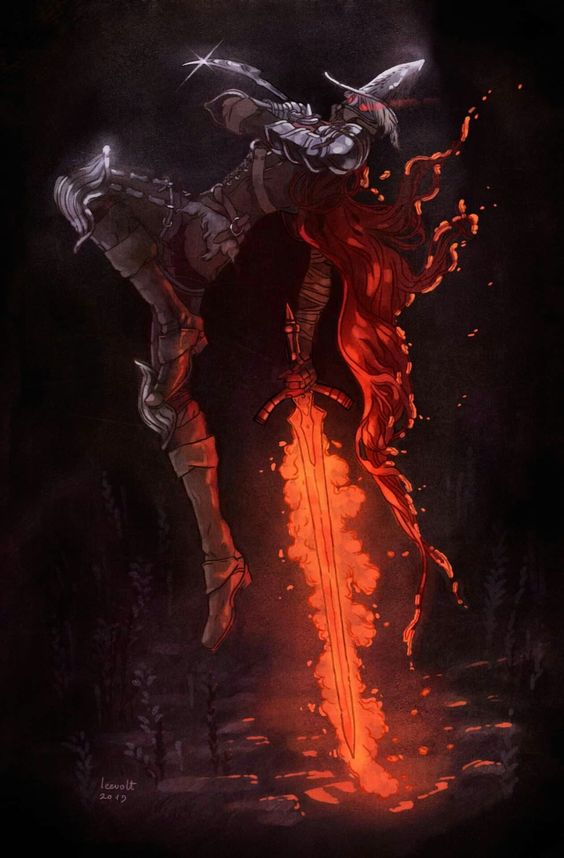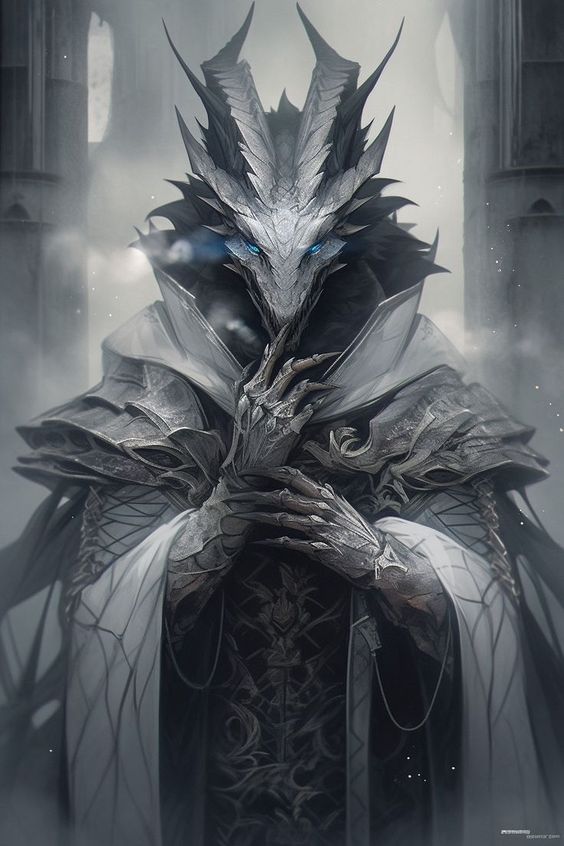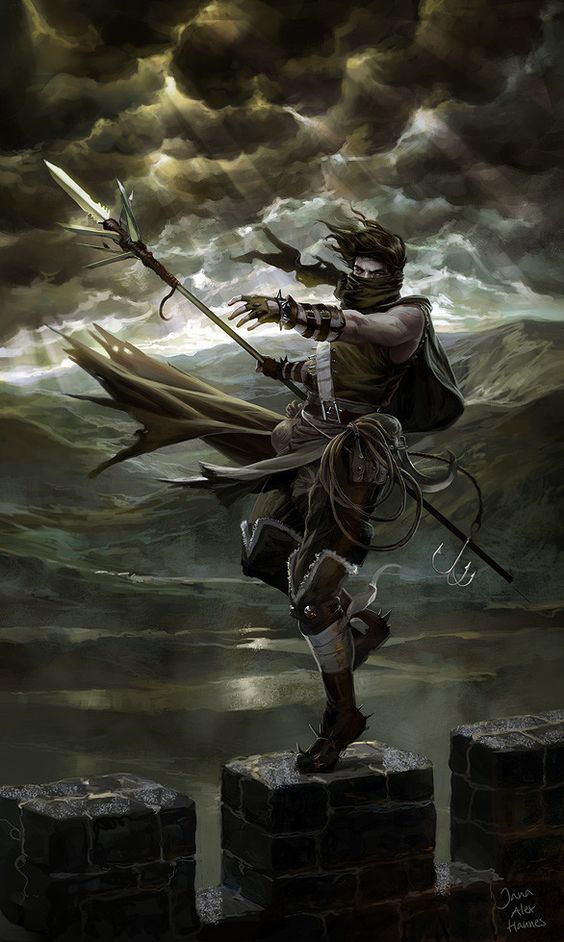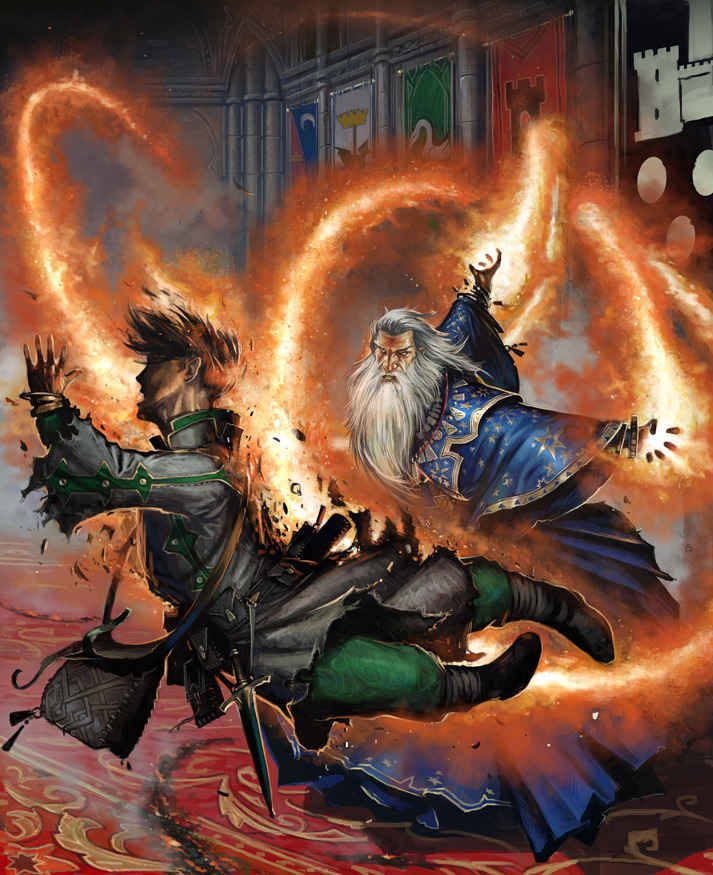D&D 5e: Clothe Thyself In Midnight Clad With The Shadow Touched Feat
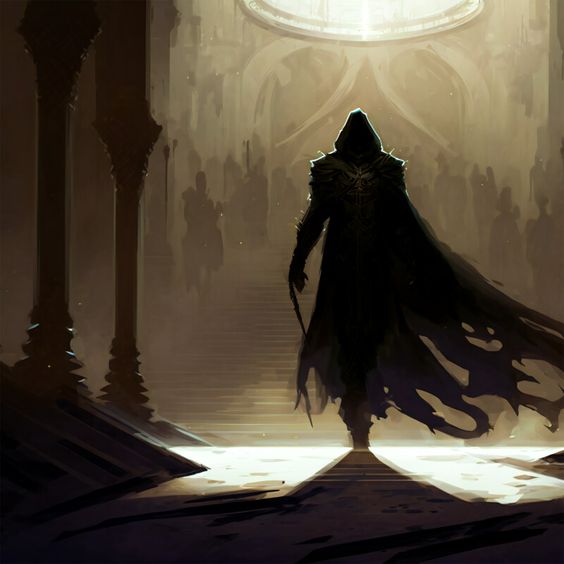
D&D 5e: Clothe Thyself In Midnight Clad With The Shadow Touched Feat
SOURCE: Tasha’s Cauldron of Everything
Rating the Benefits of Shadow Touched
Benefit #1 –
Increase your Intelligence, Wisdom, or Charisma by 1, to a maximum of 20
Half an ASI in a casting stat. The stat you choose to increase also dictates the stat used when casting the spells gained by this feat. Realistically, characters who already cast spells will boost their existing casting stat.
Benefit #2 –
Learn Invisibility, and one other 1st-level spell of your choice from the Illusion or Necromancy schools. Each spell can be cast once per day, and recast using spell slots.
Invisibility is a stealth staple and a great spell that a lot of half-casters like the Paladin don’t normally get access to.
The 1st level spell is flexible, in two schools with a decent amount of options that many characters can use.
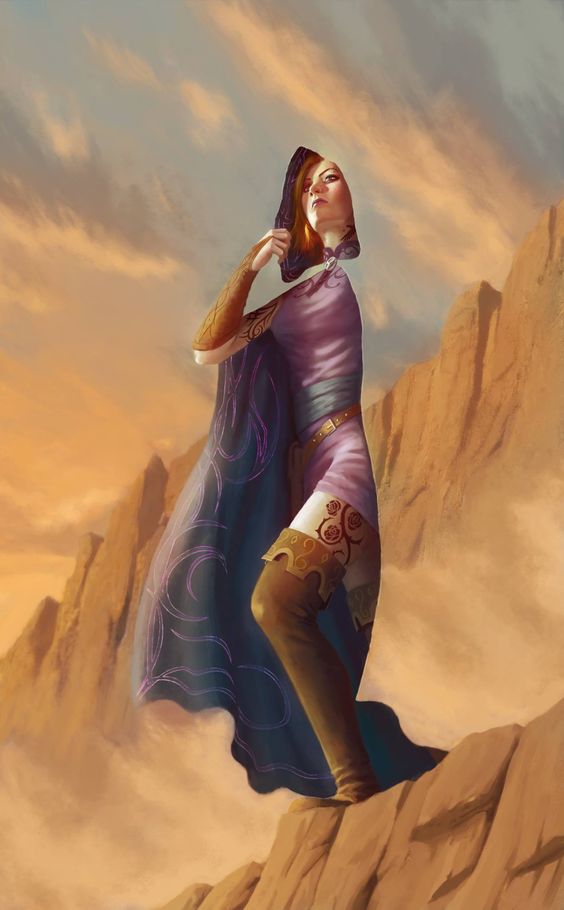
Mechanics and Requirements
Understanding How This Functions
In line with a whole bunch of other magical feats, the Shadow Touched feat offers two spells to a character, one pre-chosen; Invisibility, and one free to choose from the Necromancy or Illusion schools.
Invisibility
Put simply, the invisibility spell is one of the best low-level scouting spells in the entirety of 5e.
Obviously, the spell makes a character invisible. In 5e, Invisibility is a condition that applies a set of specific effects:
- An Invisible character can’t be seen without using magic or special senses. Ordinary characters and monsters won’t be able to see an invisible character
- Attack rolls by the creature have advantage. Attack rolls against the creature have disadvantage. Note that attacking drops the Invisibility effect from the spell immediately after
- For the purposes of hiding, the character counts as heavily obscured
- The creature can still be detected through noise, or by leaving tracks
The spell can be cast on yourself or another creature you touch and also makes anything that creature is wearing or carrying invisible. (The jury is still out on whether you can carry another creature to make them invisible. We’d probably handwave familiars and animal companions. Not other party members.)
Stealth and Invisibility
A creature that’s invisible counts as heavily obscured, which means that, by 5e rules, it can’t be seen. That might sound both obvious, as well as dumb, but it matters. Here’s why:
- A creature that’s heavily obscured can make a Stealth check to hide at any time
- Something trying to detect an Invisible creature through normal sight automatically fails
Normally, in 5e, a creature needs something to hide behind to attempt stealth. You have to be at least partially obscured. Invisibility solves that problem, instantly.
On top of this, your Stealth check is only opposed by passive checks, unless creatures are actively searching. The rules actually state actively searching for you, but it’s clear that, for example, a guard on patrol might be actively searching, if he’s on duty and alert.
Another major advantage is the fact that Invisibility lets a character try to hide at any time. This means that even if you’re detected, you can take a Stealth check and try to slip away with a good roll. Whatever detected you the first time is now going to actively oppose your checks and try to find you, but that shouldn’t stop a character with a high enough Stealth skill.
Tracking an Invisible Creature
The rules for invisibility say that you can track an invisible creature through noise or tracks.
Firstly, this means a character needs to be aware of how they’re moving. As mentioned, Stealth is still important, because Invisibility does nothing to prevent noise. You’ll need your Stealth check to keep a character hidden from all senses.
Secondly, tracks. A character moving through mud leaves footprints. As does someone walking across a dusty floor, or through thick foliage. Again, Stealth might help with this, but it’s down to GM fiat.
The spell and condition make no mention of other senses, notably smell. Unless your character wears a distinct perfume or recently crawled through the sewers, they should be fine. Note that special senses, like Blindsense or Scent, can still automatically detect an Invisible character.
Picking a Second Spell
Shadow Touched lets a character choose any level 1 spell from the Necromancy and Illusion schools. Below is a complete list of the current available spells, and our ratings breakdown:
Cause Fear – Fear is a powerful condition, and the ability to throw it out at a target, at a decent range, against a Wisdom saving throw, is a strong level 1 effect that’s incredibly debilitating if the target fails their save.
The spell becomes much more powerful if you’re already a spellcaster, as it scales up in target number at a 1 to 1 rate when upcast. Bards, Druids, and Clerics, who don’t have this in their standard spell lists, love multitarget disables like this one.
Color Spray – Amazing early, Color Spray has awful scaling, and falls off hard. If your campaign is staying below level 5, this is great. If not, you’ll probably have better things to do than cast this.
Disguise Self – Generally, you’ll know if your character concept and campaign are right for this spell. If you’re playing social subterfuge or underhanded criminals, Disguise Self is fantastically effective. If you’re running a sword and sorcery murderhobo dungeon crawl, probably less so, but there’s still play in disguising yourself as an enemy you just stabbed before walking into the next room.
False Life – Create a shield of temporary HP for an hour, without requiring concentration. Early game, the HP granted by this spell is a solid bonus to a character’s total HP pool, and is often more efficient than healing spells. It’s also still worth casting late game. HP is HP, after all, and if it keeps a character on their feet for one more turn, that’s big for the action economy.
The scaling is low, but still reasonable; Upcast to level 4, the spell provides 20-23 temporary HP, which is around 40% of a frontline Fighter’s HP at that level. Finally, the spell isn’t on many lists, so being able to grab it for support builds is nice.
Illusory Script – You can … make words look like different words. There are vanishingly few campaigns where this will ever be useful, let alone worth wasting your sole variable spell choice on.
Inflict Wounds – Strong damage at level 1, but falls off quickly. Past level 5, with its prerequisite of having to be in melee range and poorly scaled damage, Inflict Wounds will rarely be worth upcasting.
Ray of Sickness – If everything goes right, Ray of Sickness is a powerful spell. A reasonable amount of damage, plus the Poisoned condition, are decent effects.
The problem is that the spell requires a hit roll to do anything at all, and the Poisoned effect is reliant on the enemy failing a Con save after being hit, which is a strong save for a lot of enemy types. The two points of failure kill this. Being able to hit and still have the spell do a little more damage than a cantrip isn’t worth it.
Silent Image – Flexible, versatile, and fun. Silent Image is a widely used and powerful illusion, that’s generally only limited by the creativity of the caster and the permissiveness of their GM.
Illusions aren’t for every type of player, but this is such an open ability that it’s great for almost any class or character. Best of all, until interacted with, there’s no save, so even an Int 6 Barbarian’s crude shadow puppet trickery somehow still works on those goblins.
Key Stats
The Shadow Touched feat lets a character increase one of their mental statistics; Intelligence, Wisdom, or Charisma, by 1, to a maximum of 20.
Every spellcasting class uses one of these stats for their casting bonus. No matter which caster you’re playing, you can boost your primary stat.
Ideal Characters for Shadow Touched
Top Classes
Rogue – Invisibility, plus a secondary spell like Silent Image or Disguise Self, are both things that Rogues can use, and use often, especially in a social campaign.
On top of this, almost all Rogues need mental stats, which feed into all those skills that the class is designed to be the best at. Everything on offer here is useful, especially if you’re leaning Arcane Trickster. If you want these spells, go for it.
Ranger – Out of the non-spellcasting casters, the Ranger is most likely to use Shadow Touched. Wisdom is a great stat for the class. Invisibility is perfect when out, uh, ranging, and the rest of the spells are genuinely good for a class that normally only has limited access to a small spell list.
Bard – The Bard as a class has a spell list that’s full of slightly niche utility spells, but at early levels only has enough spellcasting slots to know a handful, so tends to lack the space in the early levels for things that aren’t going to be cast every day.
A boost to their casting stat, plus two spells that can be cast for free, then recast using regular spellcasting, is a massive boon for the class.
Cleric / Druid – Invisibility isn’t on the Cleric or Druid spell list, and neither are many of the other options granted by this feat. Boosting Wisdom and picking up some out-of-class spellcasting options are excellent choices for both of these classes, especially if the campaign leans more in that direction.
Multiclassing Considerations
Race or Subrace Choices
Tiefling: Thematically appropriate, plus a common damage resistance and another handful of daily spells. All of this is excellent and pairs perfectly with what is gained from Shadow Touched.
Owlin: A race with constant flight is already great. Stealth proficiency, paired with the Invisibility spell (which, remember, lasts for up to an hour) is crazy when outdoors and able to stretch your wings.
Variant Human: Gain the Shadow Touched feat from level 1, unlocking stats and spells from the moment play starts.
Combos, Tactics, and Synergies
Complementary Feats
More Magic Feats – More feats are an easy way to add a little more magical power to a build. With a couple of feats behind them, even non-spellcasters can throw out half a dozen spells per day.
Skill Expert – Just because you’re invisible doesn’t mean enemies can’t find you. Stealth checks are still a necessary part of going unnoticed. A skill proficiency and Expertise offer everything you need to stay hidden if your class doesn’t already do it.
Spells that Synergize
Pass Without Trace – The second best stealth spell in 5e. Pass Without Trace is much more party focused, spreading a massive, hour-long bonus to the Stealth skill to everyone you choose within range when the spell is cast.
Strategies for Maximizing Shadow Touched Effectiveness
Becoming The Shadow: Maximizing Stealth
Stealth is almost a necessity for proper use of Invisibility, at least if you plan on moving after you cast it.
There are multiple ways to increase skills in 5e. Here are the simplest and most common methods:
- Proficiency – If you want to be good at a skill, proficiency should always be step 1. Adding your proficiency bonus is the bare minimum to keeping a skill relevant as you level up.
- Increasing Dex – The Stealth skill uses your Dexterity bonus plus Proficiency bonus to determine skill level. Pumping Dex to 20 gives you a +5 bonus to your Stealth rolls, plus a bunch of other important rolls.
- Expertise – Double your proficiency bonus. Expertise is available to the Bard and Rogue classes, plus a handful of feats and subclasses.
- Spells – Many spells boost skill use. Guidance is the most common; a simple +1d4 to the check. Enhance Ability is another great choice, offering advantage on all Dex checks, including Stealth, for up to an hour.
- The Help Action – Normally, this isn’t possible, as Hiding takes up your action. But several subclasses and racial choices, plus spells and familiars, can take the Help action to provide advantage on your check.
Interesting Uses For Invisibility
- Setting up situations – The Invisibility spell drops when the target makes an attack roll or casts a spell. Nothing prevents a character from taking not quite hostile actions like dropping caltrops on the floor, locking doors, or setting the timed fuse on a bomb the Artificer made…
- Use it as a spying tool. Invisibly lurking in the corner of the room or on the rooftop next door are easy ways to listen in on the members of the grand conspiracy meeting. Be aware that many powerful people in 5e will have explicit anti-magic defenses such as See Invisible set up for the most important times.
- Lurk behind your friends, acting as a literal shadow. Whether crawling through a dungeon, posturing for a fight, or deep in social combat, another member of the party springing from nowhere is an easy way to turn the tables.
Final Thoughts on Shadow Touched
Shadow Touched is a decent feat. It’s just a little overshadowed by the other options available.
Magic Initiate is far more flexible. The newer magical feats like Strixhaven Initiate lead to stronger things. And Fey Touched is probably just outright better for many characters. Despite saying that, Shadow Touched offers a strong spell list that has some interesting applications for combat and non-combat both.
That said, unless you’re into hyper-optimization, Shadow Touched is a good feat, especially for characters who lean toward the stealthy side of things and might regularly use one or more of the spells on offer.



